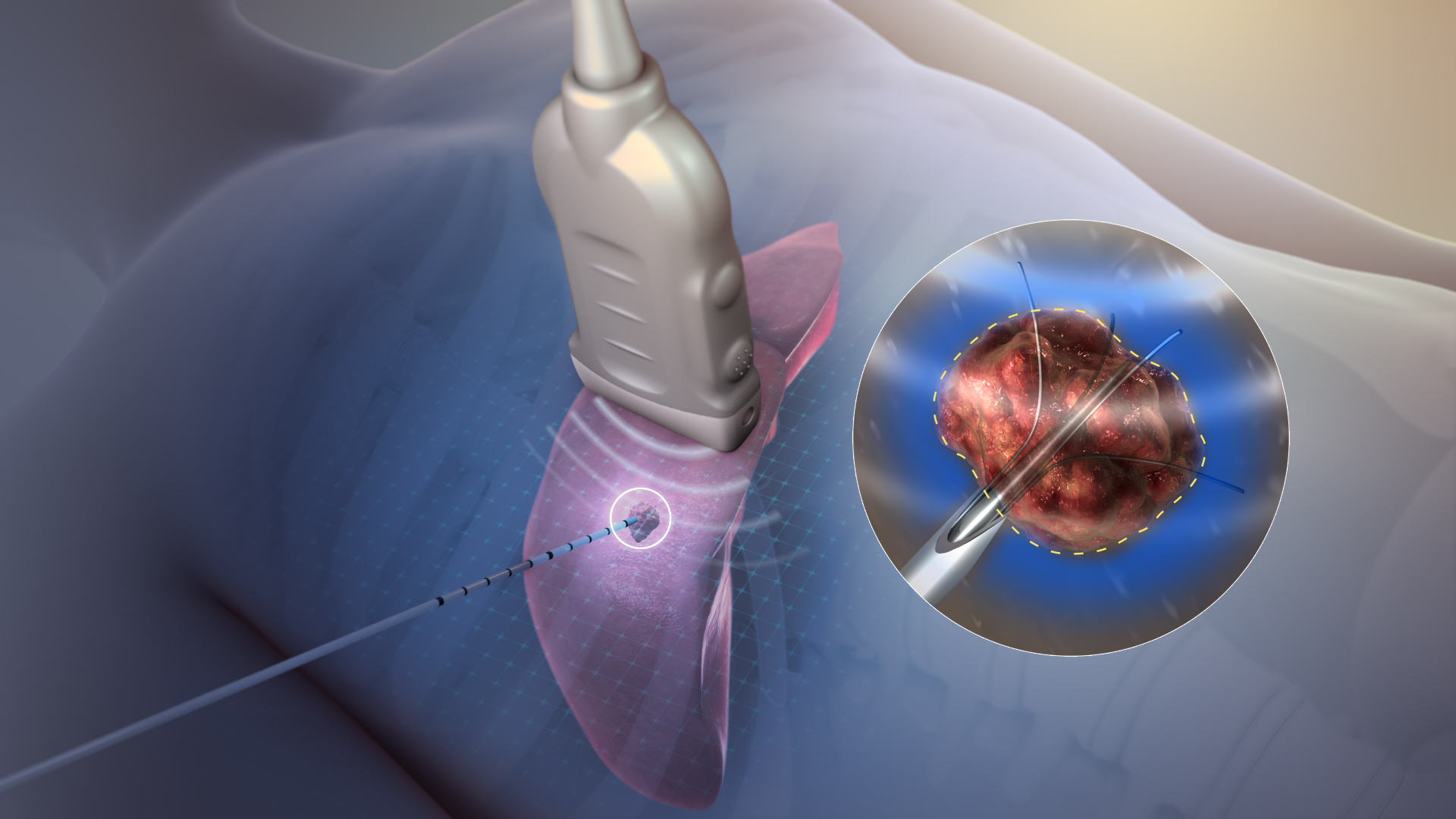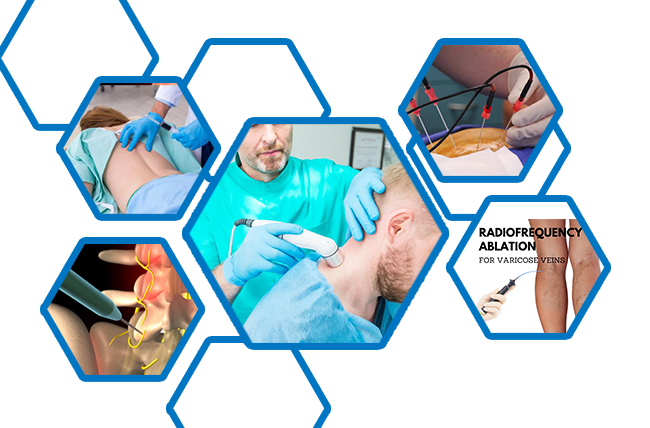Radio Frequency Ablation
If you have swelling or the feeling of heaviness in your lower extremities, you might have venous insufficiency or varicose veins.
Venous insufficiency is improper functioning of the vein valves in the legs. This is when the veins don’t allow the blood to flow back to your heart. It can cause swelling in the legs and ankles, tight feeling in your calves or itchy and painful legs, pain when walking that stops with rest, brown-colored skin often near your ankles, leg ulcers that sometimes don’t heal, and painful leg cramps or muscle spasms.
Varicose veins are swollen and enlarged veins. They happen most often in the legs. They can develop when valves in your veins become damaged. This causes problems with blood flow. Over time, too much blood collects in your veins. The veins may bulge, twist and stand out under your skin. They can cause symptoms such as cramping, aching or swelling in your legs.


What is Radio Frequency Ablation?
Radio frequency ablation is a procedure to treat venous insufficiency and varicose veins.
An ultrasound is used to guide the procedure. The leg that is to be treated is injected with a numbing medication on the skin.
Once your leg is numb, a small puncture is made with a needle to gain access to the vein and a catheter is placed.
More numbing medication is injected around your vein and that is visualized with ultrasound. Once the catheter is in the correct place, heat is given off and the catheter is slowly drawn backward.
As the catheter sends out the heat, the vein is closed off. When the treatment is done, the catheter is removed. Pressure is applied to the area where the catheter was inserted. A small gauze and clear dressing will be placed on the skin. An elastic compression stocking or bandage will be put on your leg to help the vein stay closed.
What to expect after RFA?
Mild discomfort is expected and over the counter medications can be taken. Elastic stockings will be required to wear after the procedure and up to 1-2 weeks after to help the vein stay closed.
Keep your legs elevated as directed by your provider. Be sure to walk a few times a day the first week. Avoid heavy exercise, lifting and standing for long periods of time also for the first week.
Avoid hot baths, saunas and pools for one week after procedure. You will return to the clinic within the first week to have a follow-up ultrasound.
